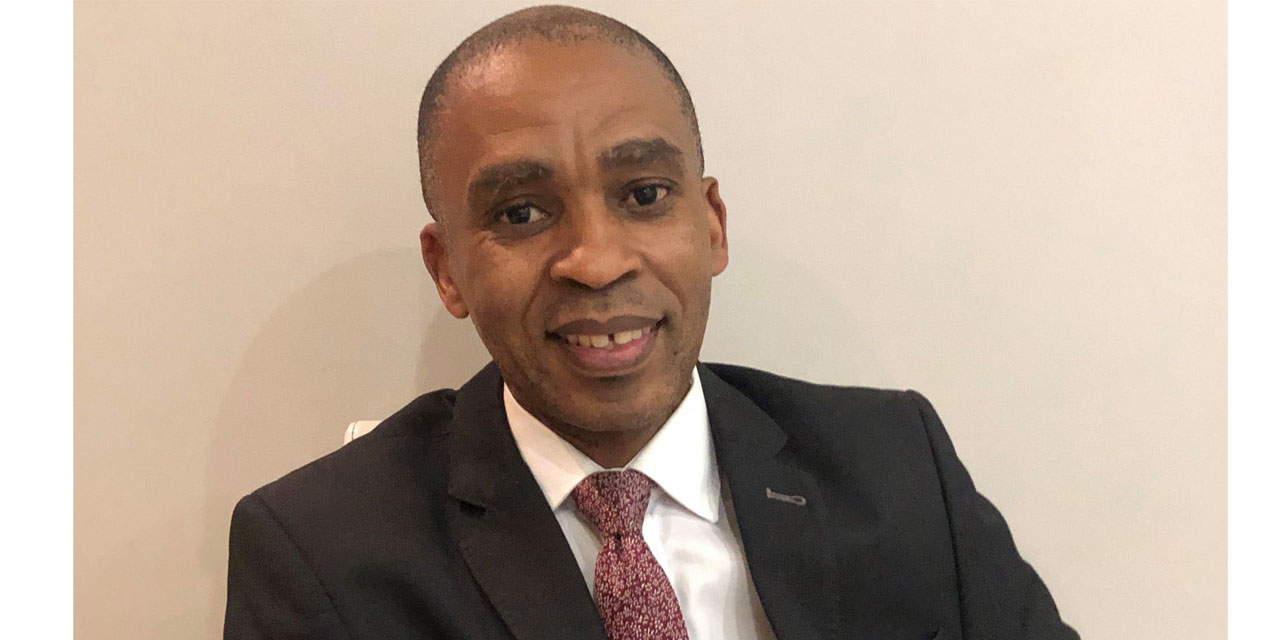Martin Endjala
Access to alternative data is the key to unlocking a lot of problems facing the financial sector at the moment. The Head of Africa Regions, TransUnion Africa Thabo Molefe says that the bottom line is that data is the future.
“But we must seize the opportunity now If we are able to access a bigger pool of consumer data,” he said.
Molefe was of the opinion that access to better data will go a long way towards combating the plague of loan stacking, and even allow institutions to work together to fight the rising tide of digital fraud.
He said that Non- Performing Loans will reduce as a result of better risk management and predictions and new audiences will open up, and the sector can resume its desired growth trajectory.
Molefe was responding to a question posed to him as to how Africa’s financial sector can manage risk in volatile times.
He stressed that the answers to many of the current challenges lie in usable sources of data, adding that data-driven lending and decision-making are essential to the success of any modern financial institution.
“That is why we have to start looking at alternative sources of data to make better risk decisions. People are leaving clues to their behaviour all over. We just have to find, and use, that data”, Molefe said.
At the moment, every financial services company in Africa wants to grow revenues and reduce their risk, but consumers across the continent struggling in the face of rising inflation and interest rates.
According to Molefe, many financial institutions are experiencing a growing wave of Non-Performing Loans which is putting a strain on their growth ambitions.
At the same time, regulators and governments across the continent are challenging the financial services sector to drive greater financial inclusion.
The sector is also grappling with challenges like how to deal with rising digital fraud without affecting the customer journey in the process.
Molefe noted that one of the obvious ways for lenders to spread their risk is to look for new audiences and sources of business.
He said that the problem is that banks and lenders are all talking to the same market, which is largely consumers in the formal sector, who already have credit scores, and are probably already carrying several credit facilities.
He further lamented that anyone who does business in Africa knows, the bulk of the economy is informal, however, the informal sector is largely invisible to the credit market.
“The obvious pockets of growth are credit-underserved consumers and Small, Medium and Micro Enterprises, those with minimal formal credit activity but who might want or need greater access or further formal products. The credit-underserved markets are relatively unknown and unquantified, they represent elevated risk and higher cost of acquisition”, Molefe explained.
The challenge now, as an industry is to give them a way to quantify that segment of the market, and to find a way to measure and predict their payment behaviour he added.
Currently, the way banks tend to score consumers is to take a snapshot of their behaviour at a point in time. The clear drawback of this Molefe pointed out, is that it provides a limited view, adding that it should look at how a particular client has behaved over a period, and whether their payment patterns are declining or improving. That way, they can make a far more informed and lower-risk – decision.
“Imagine, for example, on a score range of A to E, you have two potential clients with a score of C. Great, you think. But you’re not getting the full picture. No two Cs are ever the same. One may be improving, and the other declining. One may be spending their entire salary by the second of every month, while another pays their bills on time” Molefe argued.
Much of the alternative data sits with mobile networks, as the majority of consumers have a mobile phone. More than that, though, credit-invisible consumers are transacting all the time, these include paying rent and municipal accounts and buying insurance as well as paying school fees.
Microlenders and Savings and Credit Cooperative Societies (SACCOS) hold vast volumes of rich data on payment behaviour, from which anyone with analytics capabilities can extract insights.
As seen in other markets around the world, it’s even possible for banks and lenders to use alternative data on farmers’ yields to predict repayment behaviour.




